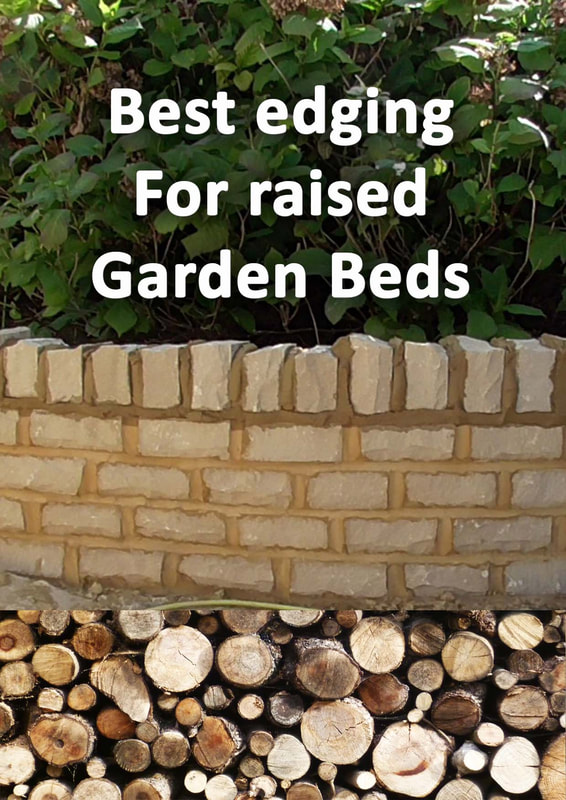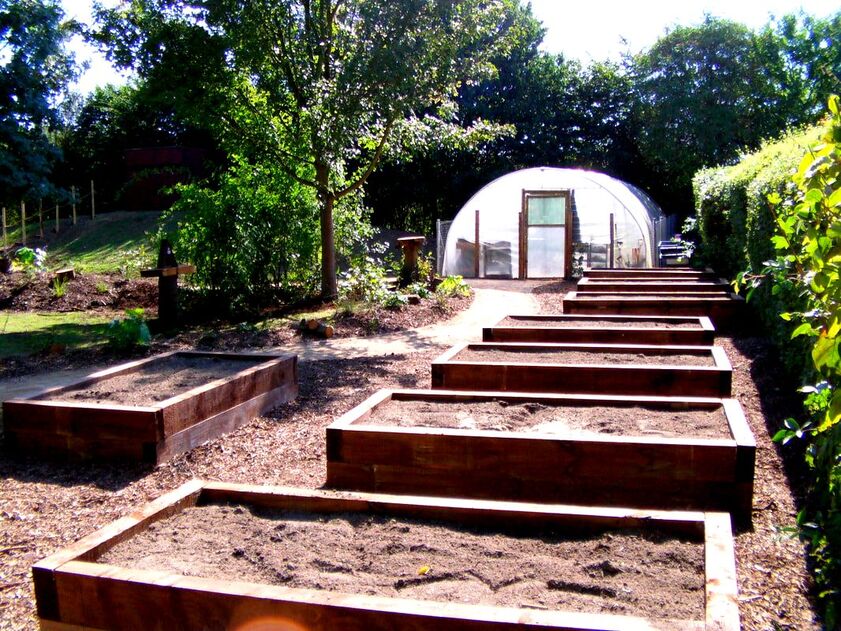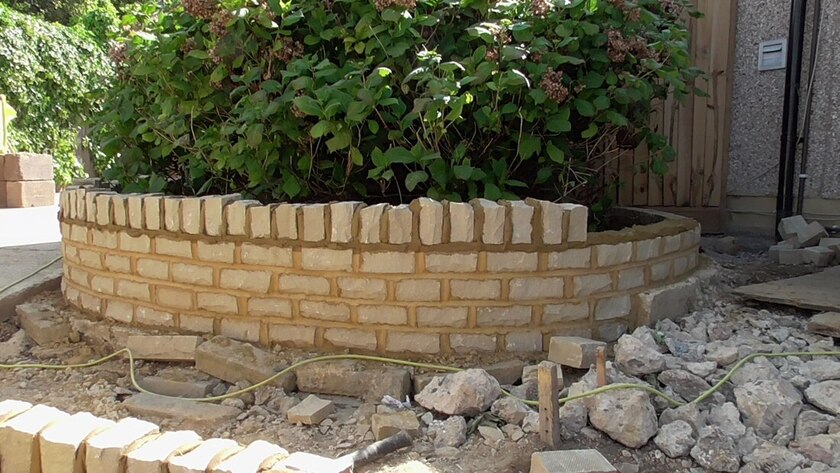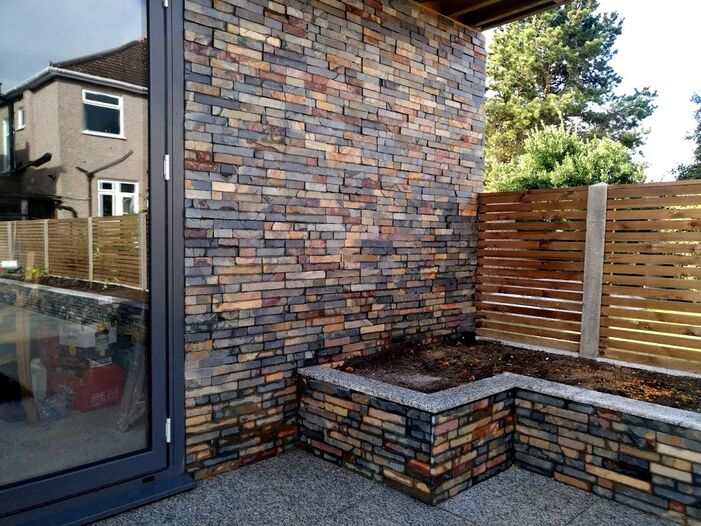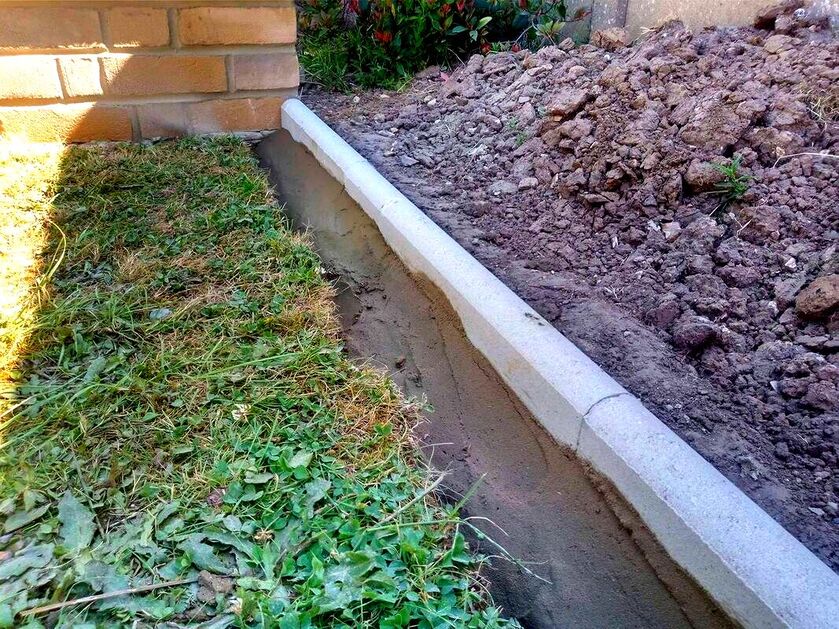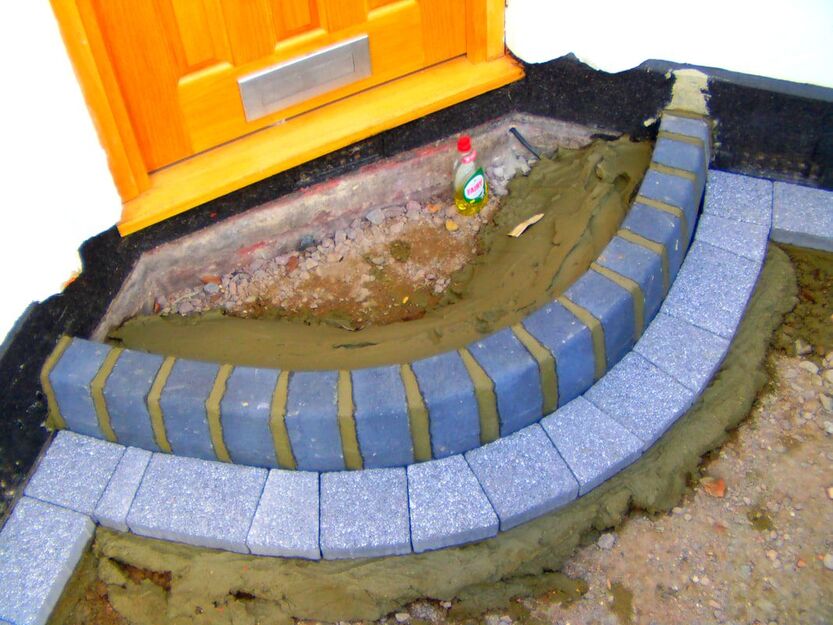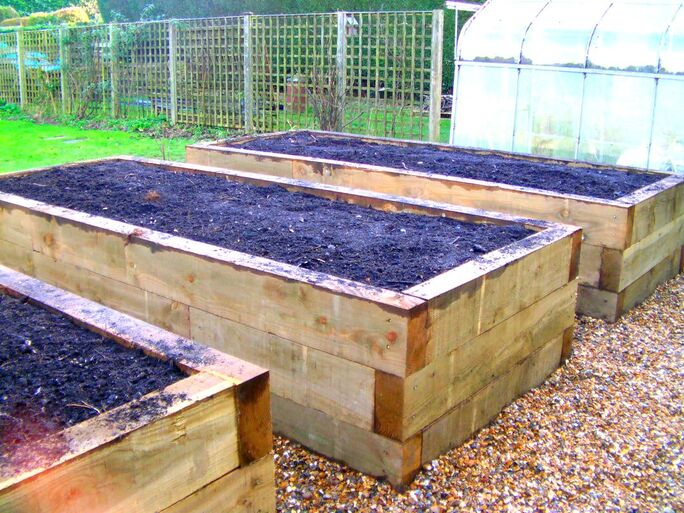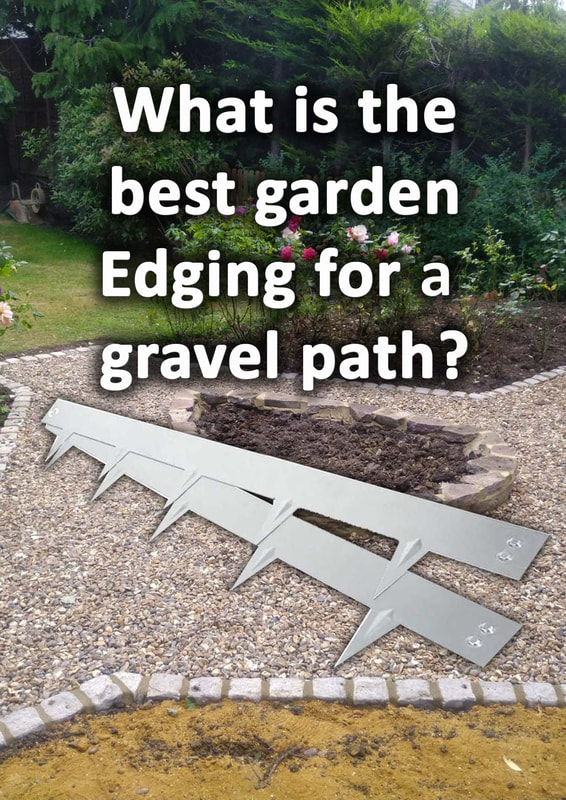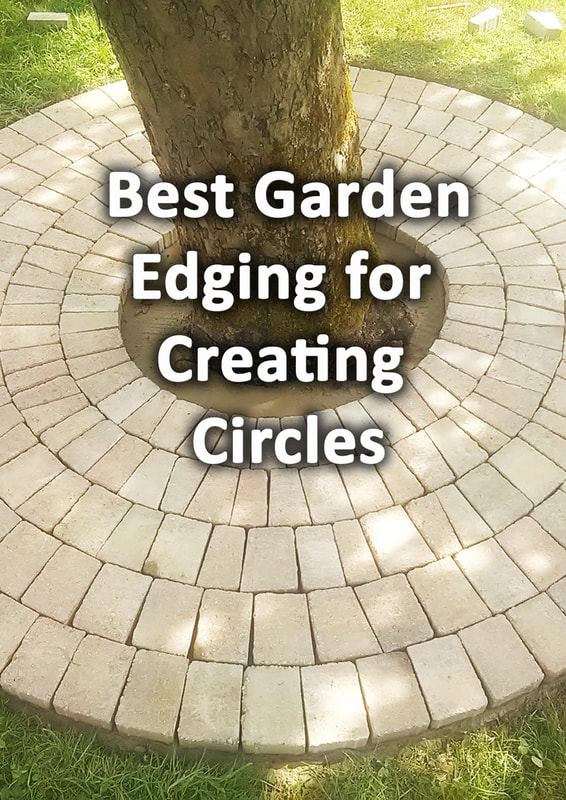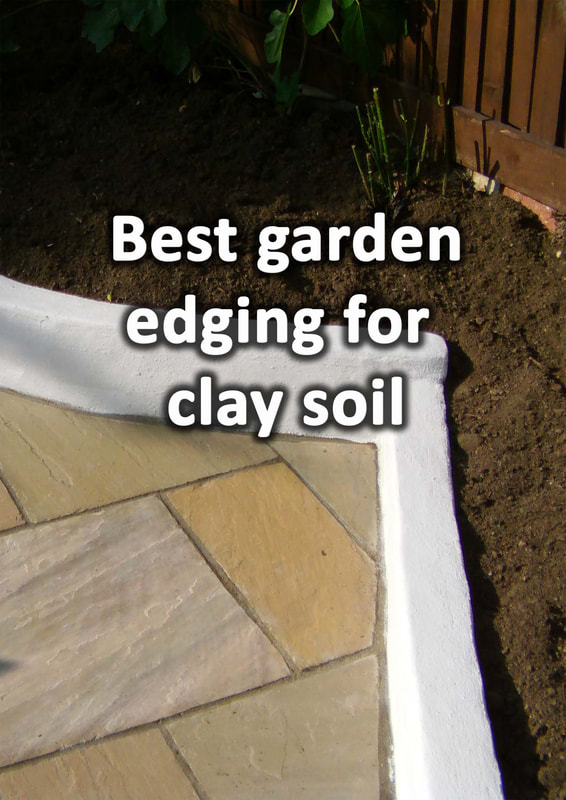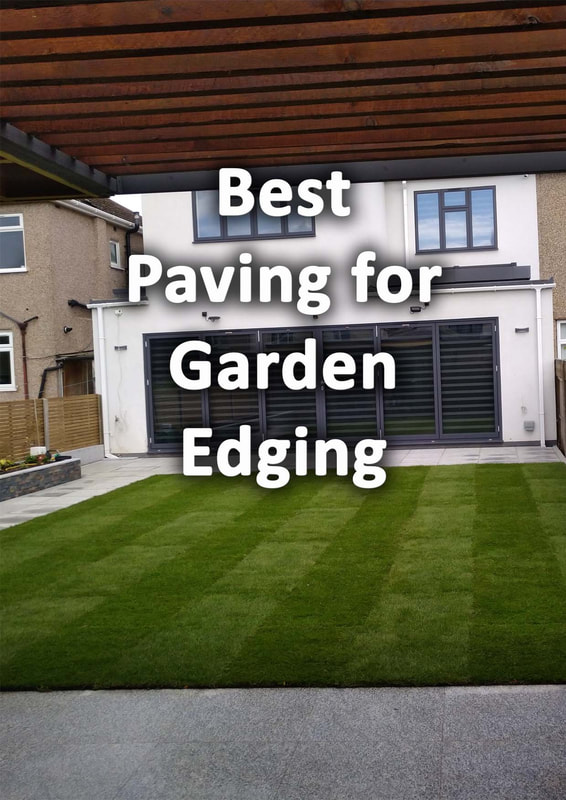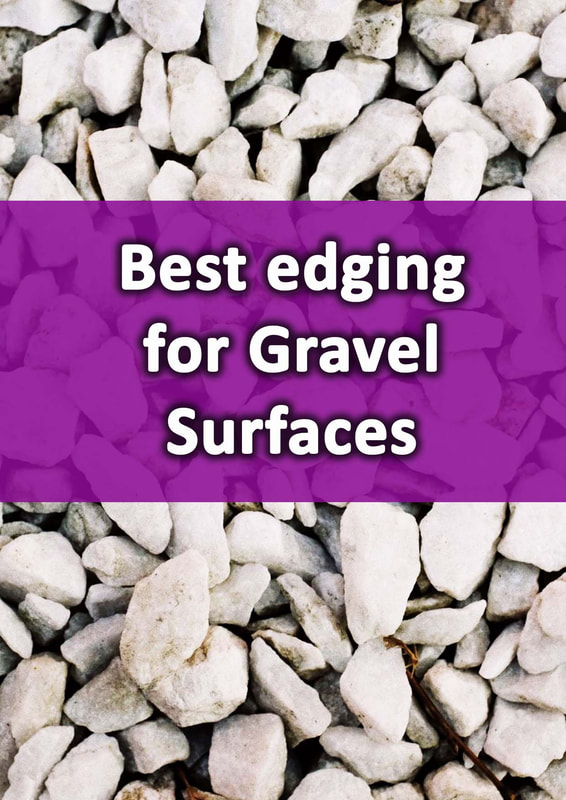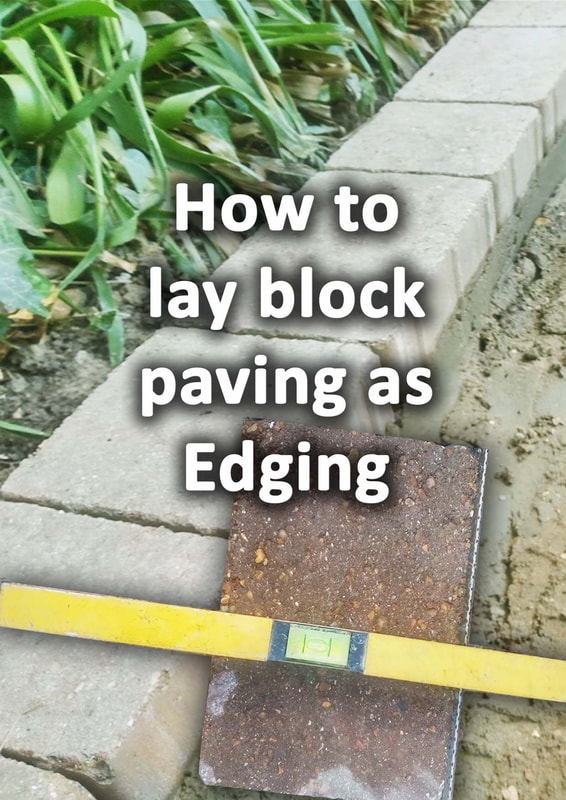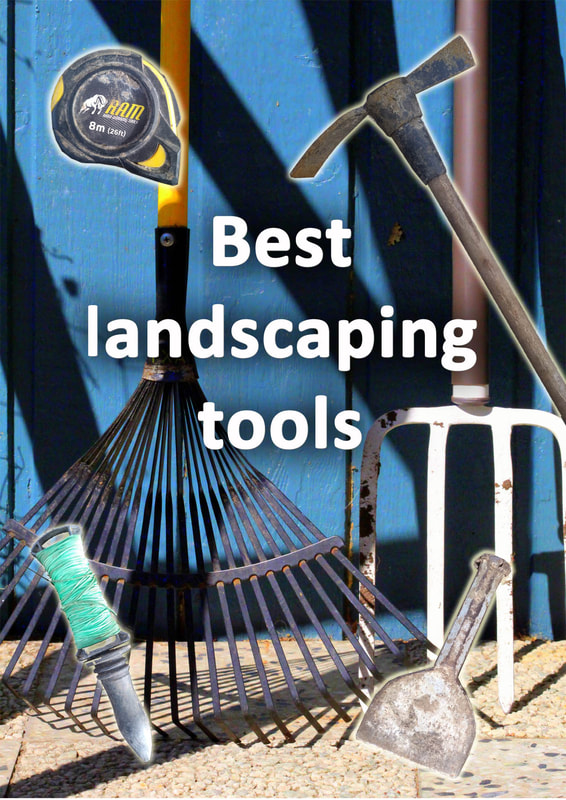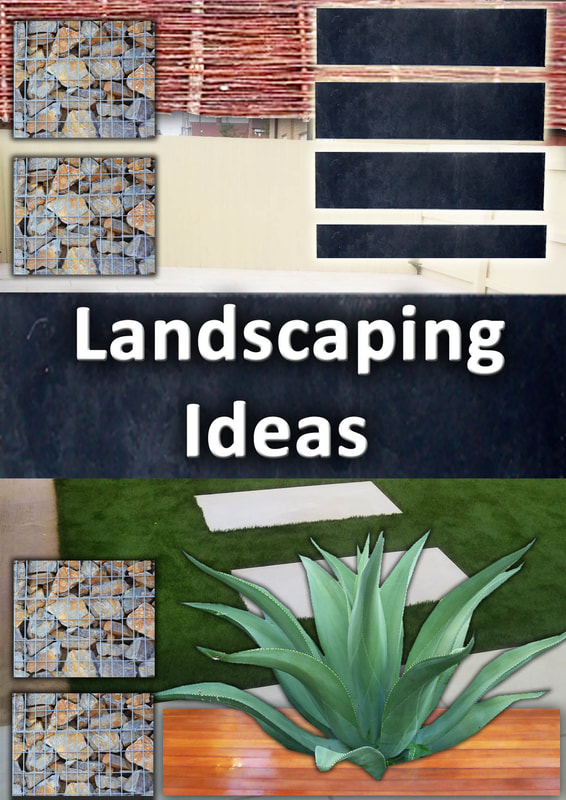|
This article contains affiliate links
When it comes to garden and landscape edging there are really two main types, Retaining edging which can retain soil and aggregates or flush edging level with surrounding surfaces.
Flush edgings are great as acting as junctions between varying surfaces and creating bold lines. They are also extremely effective for bordering pathways and creating mowing strips. However, retaining edging needs to be a little bit more robust than flush edgings. Retaining quantities of aggregates and soil requires a certain level of strength and durability. It is amazing just how many retaining edgings on the market are not fit for purpose. Products such as flimsy plastic borders and timber log-strips are not ideal for retaining soil within raised beds. Here I will list five of the best solutions for robust edgings for raised beds and retaining soil. What is the best material for raised garden beds?
The best materials for raised garden beds will be both aesthetically pleasing and robust enough to withstand the weight of wet soil. They will also have adequate qualities and a reasonable thickness to resist degradation from natural elements. Bricks
Bricks are very durable building materials which come in a wide variety of colours and styles. If you are planning to install edging which will form raised beds brickwork is a good option. As with any other brick construction you will need to lay a level, concrete, foundation, first. If you your raised bed is only retaining about 200mm of soil a single brick thickness should be adequate. However, if your raised beds are much taller you may want to install a double row of bricks. A brick laid on edge is a very aesthetically pleasing way to form edging for raised beds.
Raised bed built with marshalite rustic walling bricks
Concrete blocks
Concrete blocks are another effective building material for forming raised edgings for garden beds. Concrete blocks in essence, are very similar to bricks but actually provide you more choice. Concrete blocks can be rendered, tiled or clad with external cladding materials. This means you can easily blend your raised beds with your existing garden design. If you do use concrete blocks for raised edgings make sure you do not buy thermalite blocks. These are much lighter and not ideal for external construction.
Raised beds built with concrete blocks and stack slate cladding
Path edging kerbs
Path edging kerbs are another great edging option for raised beds. These are typically made with concrete and have a basic aesthetic. There are also more decorative types on the market including rope top edging and round top edging. These also come in a range of colours to choose from. It is worth noting that these edgings are long and shallow in form. This only really makes them suitable for very shallow raised beds. Ideally you will have half the edging submerged underground in concrete. Generally this means your maximum raised bed height would be around 75mm. Kerb edgings
Kerb edgings are much more bulky and are typically manufactured for use with block paving. These edging kerbs can be used to edge flower borders, lawns or build steps. Kerb edgings are made of concrete and come in a wide range of colours, styles and finishes. The most common of these are bull nose and chamfered edging blocks. Like all raised bed edgings described here, kerb edgings require a well compacted base or concrete foundation. They should be laid on such using a strong cement and sharp sand mortar mix. Sleepers
One of the most popular materials used as edging for raised beds is timber sleepers. Sleepers are robust sections of timber that were traditionally used to base railway lines. A typical sleeper is about 125mm x 250mm x 2.4 metres long. This makes them extremely durable and tough, perfect for retaining quantities of soil. Sleepers are also much faster and easier to install than masonry edgings. However, it is important to remember sleepers are still an organic material and will degrade after around 15 years.
Thank you for reading our article on the best edgings for raised beds. If you are local to Buckinghamshire and need help installing edgings please contact us. Below I will include some other relevant articles you may find useful.
'As an Amazon associate I earn from qualifying purchases'
0 Comments
Leave a Reply. |
The Author
|
Landscaping services across Buckinghamshire, Amersham, Aylesbury & High Wycombe
Hyde Heath, Amersham, Buckinghamshire |
|
